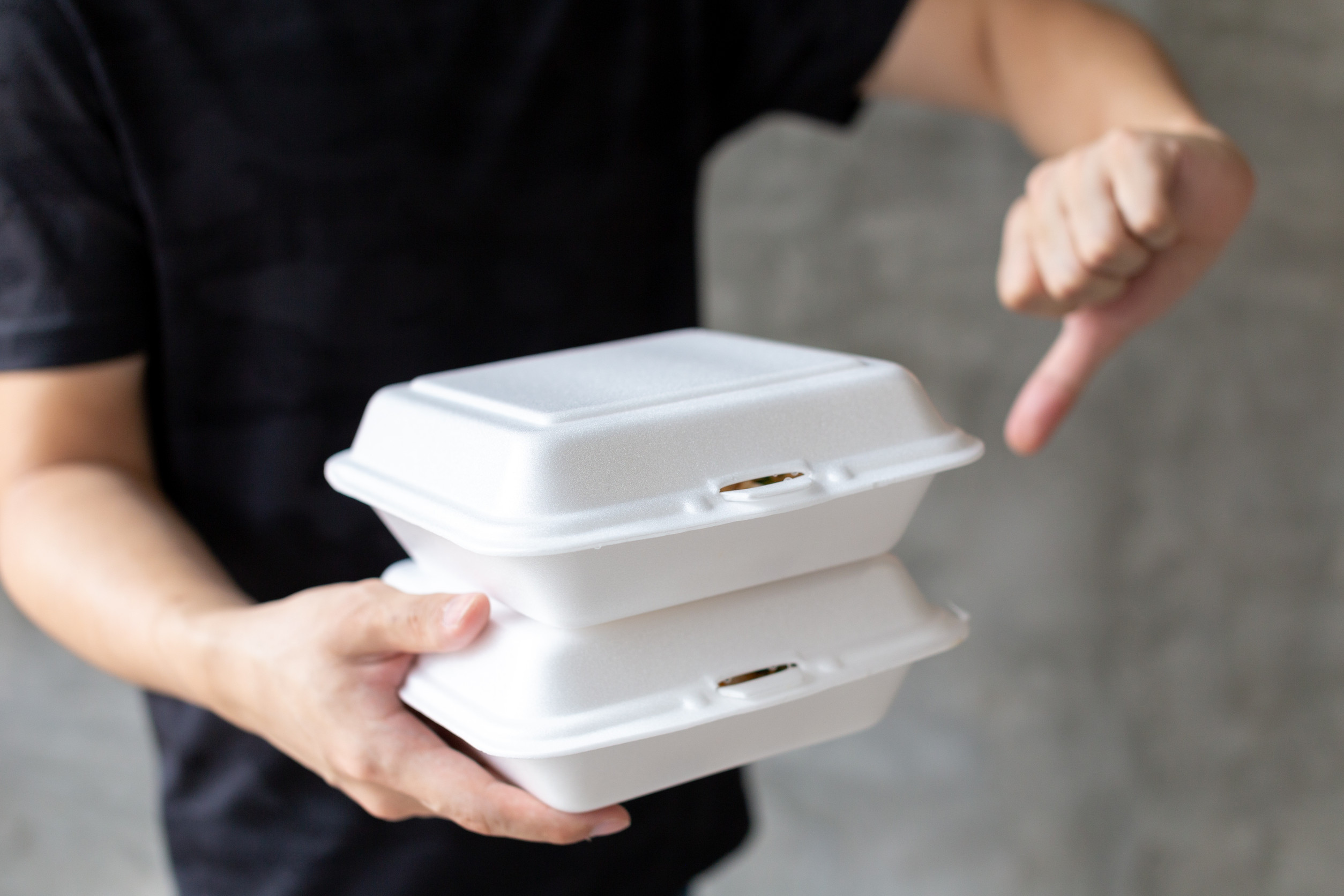Scientists are continuing to learn more about the collection of microorganisms that live in and on our bodies: our micro-biome. The Dutch science journalist Jop de Vrieze wrote a book about it: Allemaal Beestjes (All kinds of critters). The Dutch team at The Intelligent Optimist collected nine things you might not know about the microorganisms in your body.
1. Everyone carries a little over 3 pounds of ‘critters’. Approximately 100 billion bacteria are carried in or on our bodies. The make up of these populations change constantly as the bacteria come and go. As De Vrieze writes: ‘We pick them up from the door handle, or the cash machine, when we pet the neighbor’s dog or cat, pick a flower, or simple eat an apple or a sandwich.’
2. The population of microorganisms in our bodies, especially those in our intestines are as unique as a fingerprint.
3. When you’re born you are showered in microorganisms. During your trip through the birth canal, from your mother’s uterus to the exit, you pick up a load of microorganisms.
4. Most people are not terribly fond of bacteria. We try to combat them by taking showers, washing our hands. Doctors try to remove them with antibiotics. But the vast majority of these microorganisms are harmless.
5. According to the so-called Hygiene Hypothesis our increased hygiene has led to more allergies and autoimmune diseases. Along our evolutionary path we have gotten used to the presence of all these microorganisms, but the thinning out of the number of them has caused our immune system to go haywire. ‘Which is why it now goes to war against innocent molecules such as pollen,’ writes De Vrieze.
6. We actually really need our microorganisms for our health. ‘Everything centers around the barriers between our bacteria populations and the inside of our bodies,’ writes De Vrieze. ‘The formation and cohesion of these barriers is tightly linked to many first world illnesses. By stimulating the right kind and right diversity of bacteria, we can ensure that our immune system keeps functioning at optimum levels.’
7. The colon holds the most bacteria. A healthy colon has about three hundred different kinds of bacteria.
8. To maintain a healthy ecosystem in the intestines nutrition is crucial. Food plays a crucial role. De Vrieze described a study in which healthy kids in the Italian city of Florence and from a village in Burkina Faso were compared. The Italian kids at mostly pasta, which is easily digested and offers little nourishment for the gut flora. The Africans lived on a more traditional and fiber-rich diet. The European kids had much less diverse intestinal microbiotics, in part because they carried far fewer bacteria specialized in breaking down fibers. Because those bacteria have a positive effect on the body, by keeping the intestinal microbes in balance and taking care of the intestinal cells, the African kids seemed better off. (De Vrieze did add that that does not hold true for the kids in the poorest African regions, where they subsist primarily on rice)
9. These days much research is being done into diagnostic tests based on the micro biome. There are many ailments that in the early stages will show a change in your micro biome and therefore could be diagnosed much earlier. Type 2 diabetes is one example of that, just like colon cancer. | Read more stories like this on theoptimist.com












